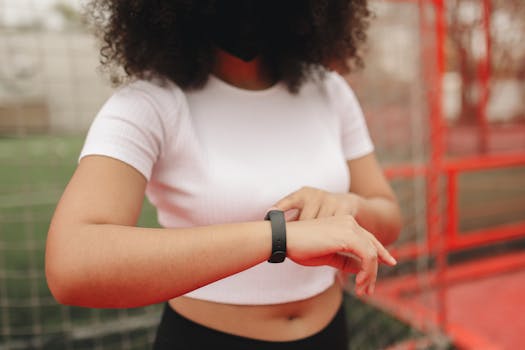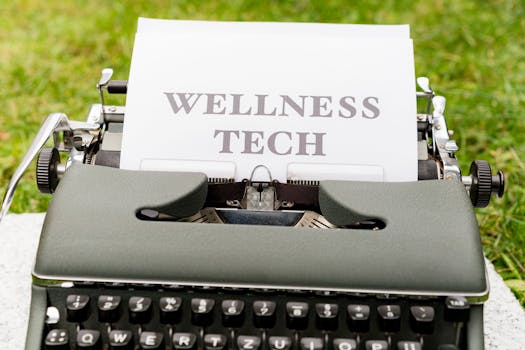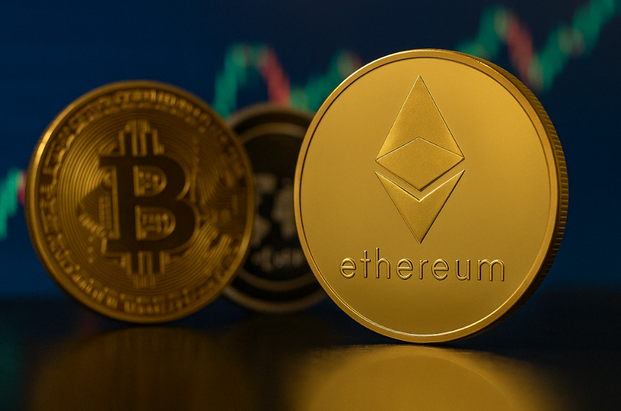
The Evolution of Wearable Devices and Health Monitoring: A Journey Through Technology
Takeaways: The evolution of wearable devices has transformed health monitoring, enabling real-time tracking of vital statistics and personalized health insights. From basic pedometers to advanced smartwatches, these devices play a crucial role in preventive health care, data collection, and the Internet of Things (IoT). Understanding this evolution helps us appreciate the potential of technology in enhancing our well-being.
Wearable technology has come a long way since its inception. The integration of health monitoring features into everyday devices has revolutionized the way we approach our health and fitness. In this article, we will explore the evolution of wearable devices, their impact on health monitoring, and what the future may hold for this exciting field.
The Early Days of Wearable Technology
The journey of wearable technology began in the 1980s with the introduction of basic fitness trackers. Pioneering devices like the pedometer allowed users to track their steps, fostering awareness of physical activity. However, these early devices were limited in functionality and lacked connectivity, making them less effective in providing comprehensive health insights.
By the late 1990s and early 2000s, advancements in technology led to the development of more sophisticated devices. The introduction of heart rate monitors and basic smartwatches marked the beginning of a new era. These devices combined fitness tracking with heart rate monitoring, offering users a more detailed understanding of their physical condition.
The Rise of Smartwatches and Fitness Trackers
The real revolution in wearable devices came with the advent of the smartphone era. The launch of the first smartwatches in the early 2010s, such as the Pebble and later the Apple Watch, integrated fitness tracking with smartphone capabilities. Users could now receive notifications, track their workouts, and monitor their health metrics all from their wrist.
Fitness trackers, which gained popularity around the same time, provided users with an easy way to monitor their daily activity levels, sleep patterns, and calories burned. Brands like Fitbit and Garmin emerged as leaders in this space, offering a range of devices tailored for different fitness levels and goals. The ability to sync data with mobile apps created an ecosystem where users could analyze their health metrics in real-time, leading to more informed health decisions.
Health Monitoring: From Fitness to Medical Applications

Wearable devices can now detect irregular heart rhythms, track sleep apnea, and monitor stress levels, empowering users to take proactive steps in managing their health. Additionally, the integration of artificial intelligence (AI) and machine learning into these devices allows for personalized health insights and alerts, making them invaluable tools for both consumers and healthcare providers.
The Future of Wearable Devices and Health Monitoring
Looking ahead, the future of wearable devices in health monitoring is promising. With the ongoing advancements in technology, we can expect to see even more sophisticated features, such as non-invasive glucose monitoring for diabetics and real-time health diagnostics. The integration of the Internet of Things (IoT) will further enhance the capabilities of wearables, enabling seamless communication between devices and healthcare systems.
Moreover, as awareness of mental health rises, we anticipate the development of tools that monitor not only physical but also emotional well-being. Wearables that track stress levels and provide guided breathing exercises may become commonplace, emphasizing a holistic approach to health.
Conclusion






